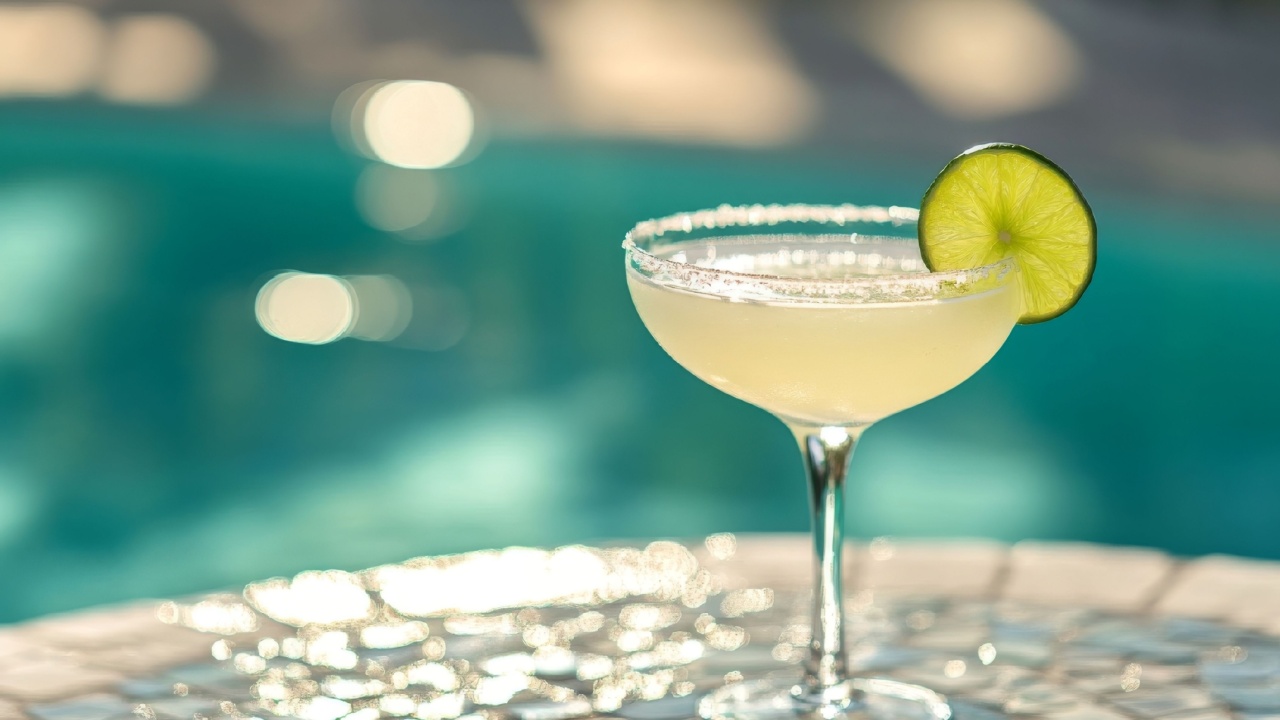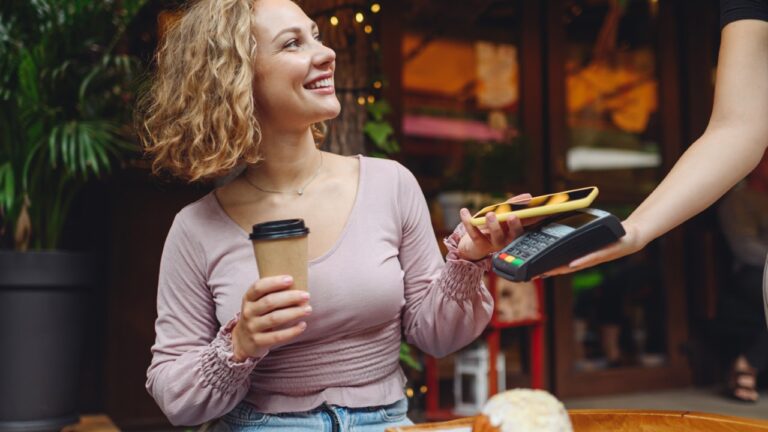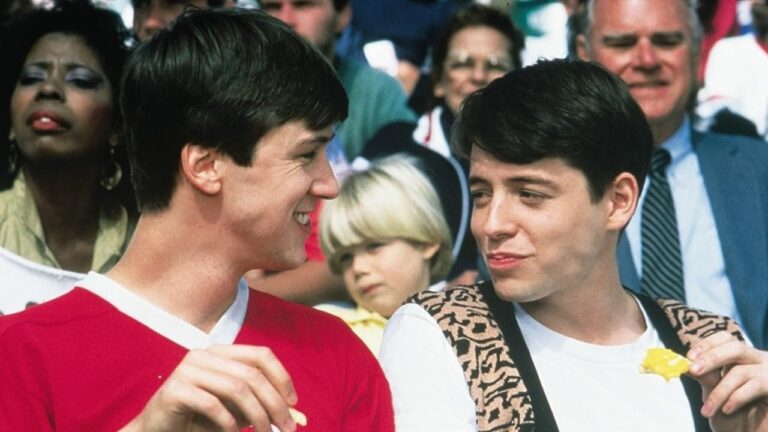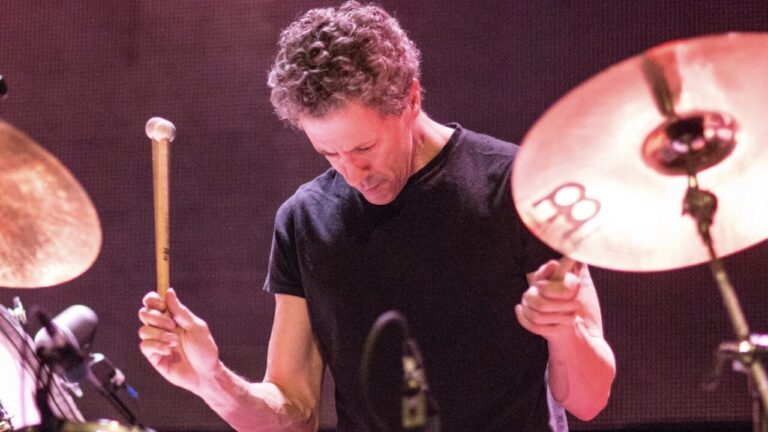Cheers to the Origin Stories of These 13 Favorite Cocktails

Like superheroes, every cocktail has its own unique origin story, although sometimes there is an ongoing debate about who first created a mixed drink.
Those who imbibe order a margarita or dirty martini at a bar without thought, but did you ever wonder how these cocktails originated? It may surprise you to learn, for example, that the mai tai is not the product of some exotic tropical island and the Moscow mule hails from the United States instead of Russia.
The following cocktails have intoxicating origins that may surprise enthusiasts of alcoholic beverages. Drink in the details so the next time that you order one, you can wash it down with a bit of history.
Moscow Mule

A Moscow mule consists of ginger beer and vodka with a squeeze of lime juice that is served over ice in a cold copper mug. There are several different stories about the origin of the Moscow mule sometime between 1941 and 1946, but none of them take place in Russia.
One story has two friends — Hollywood bar owner John A. Morgan and Smirnoff vodka’s John Gilbert Martin — getting together at New York’s Chatham Bar to create the Moscow mule. Another story says that a bartender named Wes Price invented the cocktail at Morgan’s bar in Hollywood with the goal of clearing an overstock of ginger beer in the basement.
Either way, the Moscow mule’s success is largely thanks to its novelty of being served in a copper mug engraved with the image of a kicking mule.
Mai Tai

The mai tai is a popular tiki drink made of rum, curaçao, orgeat syrup, and lime juice. Like tiki culture in general, the mai tai originated in California, not Hawaii or somewhere in Polynesia.
Victor J. Bergeron created the first mai tai in 1944 at his Trader Vic’s restaurant in Oakland, California. In 1953, Bergeron took the mai tai to Hawaii, where Matson Steamship Lines adopted it for use in their hotels. Bergeron reportedly said in the 1972 edition of the Trader Vic’s Bartender Guide that thousands of mai tais are served daily in Honolulu and that anyone who claims that he didn’t invent the tiki cocktail is a “dirty stinker.”
Hurricane

A hurricane is made of rum, lemon juice, and passion fruit syrup. If you’ve ever sauntered around the French Quarter in New Orleans, you’ve certainly seen people sipping the sweet, red-colored cocktail if you didn’t try one yourself.
Pat O’Brien created the version of the hurricane popular today at his bar in New Orleans sometime in the 1940s. The story goes that O’Brien had to use up an excess of rum, which prompted him to create the hurricane. He served the drink in a tall glass shaped like a hurricane lamp, and the hurricane drink was born.
Pat O’Brien’s bar still stands in the French Quarter today and proudly serves its signature cocktail.
Dark ‘n’ Stormy

The dark ‘n’ stormy is a highball cocktail made with dark rum and ginger beer. It’s very similar to the Moscow mule except that it uses dark rum instead of vodka, and a dark ‘n’ stormy does is not served in a copper mug.
The dark ‘n’ stormy (with two apostrophes) is the national drink of Bermuda. It was first enjoyed by British soldiers on the islands sometime after World War I. Gosling Brothers Ltd trademarked Dark ‘n Stormy (capitalized with one apostrophe), which is made with Gosling Black Seal dark rum.
Piña Colada

Do you like piña coladas? Getting caught in the rain? A piña colada is made with rum, coconut milk, and pineapple juice that is either served on the rocks or blended with ice.
At least three different men claim to have invented the first piña colada, including bartender Ramón “Monchito” Marrero Pérez of the Caribe Hilton Hotel in Puerto Rico circa 1952. Puerto Rico named the piña colada its official drink in 1978.
Black Russian

A Black Russian is made of vodka and coffee liqueur served over ice. Despite its name, and like the Moscow mule, the Black Russian did not originate in Russia.
A bartender named Gustave Tops invented the Black Russian in 1949 at the Metropolitan Hotel in Brussels for Perle Skirvin Mesta. The wealthy American socialite and U.S. ambassador was known for her lavish parties and is the inspiration for not only the Black Russian and the Broadway musical Call Me Madam, but the phrase “hostess with the mostess.”
Bloody Mary

A Bloody Mary consists of tomato juice and vodka that is flavored with any combo of the following: Worcestershire sauce, celery, olives, black pepper, and lemon or lime juice. Some versions even add protein like shrimp and bacon to the mix for a little surf-and-turf action.
Everyone’s favorite hangover cocktail was invented in 1921 by Fernand Petiot at the New York Bar in Paris, France. Petiot experimented with canned tomato juice and seasonings until he ended up with what he called the Bucket of Blood. Other establishments in Paris and, eventually, the United States adopted the cocktail’s more familiar name, which references Queen Mary I of England.
Negroni

A Negroni consists of gin, sweet vermouth, and Campari that is garnished with an orange peel. The origin of the Negroni, however, is not so straightforward.
One popular origin story is that an Italian-born count named Camillo Negroni asked for an Americano with a little more kick at his favorite watering hole, the Casoni Bar in Florence, Italy. Bartender Fosco Scarselli switched out the Americano’s soda water for gin, and the apéritif became known as Count Negroni’s drink.
Although the Negroni’s origin remains uncertain and unverified, there is no argument about the cocktail’s potency.
Rusty Nail

A rusty nail is made of Drambuie and Scotch whisky and is served on the rocks in a lowball glass. Although proportions vary, three parts Scotch and one part Drambuie seems preferred by drinkers.
Although created in 1942 at a Hawaiian bar for artist Theodore Anderson, the rusty nail gained popularity in the 1950s at New York’s Club 21 where it became a popular drink for the Rat Pack.
Harvey Wallbanger

A Harvey Wallbanger consists of vodka, Galliano, and orange juice. It’s basically a screwdriver with the Italian liqueur Galliano floated on top.
The Harvey Wallbanger had its heyday in the 1970s until the formula for Galliano changed and the cocktail fell out of favor. Although stories abound about a surfer named Tom Harvey who, after allegedly winning a surf competition, went bar to bar in Manhattan Beach, California looking for his favorite drink (a screwdriver topped with Galliano), a mixologist named Donato “Duke” Antone actually created the Harvey Wallbanger.
Since Galliano L’Autentico was reintroduced in 2006, drinkers can again enjoy Antone’s creation in its original form.
Margarita

A classic margarita consists of tequila, triple sec, and fresh lime juice served over ice in a wide-rimmed glass with salt optional along the rim.
The origin of the margarita is steeped in legend and folklore, but it almost certainly originated somewhere in Mexico. One of the earliest and most popular stories is that a man named David Daniel “Danny” Negrete invented the margarita in 1936 when he was the manager of Hotel Garci Crespo. The legend goes that Danny invented the drink for his girlfriend, Margarita, who liked salt in her cocktails.
Martini

A martini is a classic cocktail made with gin and vermouth, garnished with an olive or a lemon twist. The even more popular vodka martini swaps out the gin for vodka.
We all know that James Bond prefers his martinis shaken, not stirred, but even more open for debate is the exact origin of the martini. The first recipe for a cocktail named “martini” appeared in the 1888 Bartender Manual by Harry Johnson. His listed ingredients were old tom gin, sweet vermouth, orange curaçao, gomme syrup, Boker’s bitters, and a lemon twist.
Old-Fashioned

An old-fashioned is a cocktail consisting of whiskey, bitters, sugar, a twist of lemon peel, and a splash of water or soda.
The whiskey cocktail originated in England, but Americans are responsible for the name old-fashioned. By the 1870s, bartenders began experimenting with “improved” whiskey cocktails by adding dashes of absinthe, curaçao, and other liqueurs. Like those who shunned New Coke in the 1980s, some drinkers didn’t like twists on the classic recipe and began ordering old-fashioned whiskey cocktails to make sure they got the original mixture. The name got truncated to simply old-fashioned, which it is still known by today.





